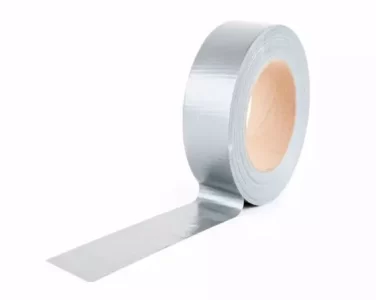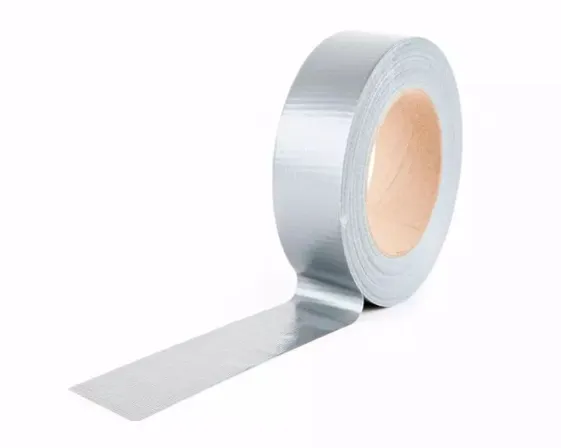Dusting, is a very important thing for every printing house, if the dusting effect is poor, then the chances of rubbing the printing plate will be large. Try to calculate, if each time to wipe the plate needs 5 minutes, 20 times a day to wipe the plate, then the time to wipe the plate every day to reach 100 minutes.
In the long run, the impact on productivity is very large! So today we are here to organize the ten printing dust method for your reference.

Method1: Tape wrapped around the feeder wheel on the dust
Tape dust is double-sided tape or fiber tape wrapped around the feeder wheel, through the adhesion of the tape to remove dust. This method has the advantages of early dust removal effect is obvious, easy to install.
The disadvantage is that after a period of use, more paper shreds will stick to the tape to form a hard block, pressing the top paper out of the concave point, which can easily fall on the cardboard, resulting in printing paste or white color. Therefore, it is important to clean the dust on the wheels after a period of use.
Method2: Tape on cardboard dust removal
When the printing plate is stuck by dust, causing the printing to show white, stick double-sided tape to the position where the printing leaks white, and then print. Dust on the printing plate can be removed with double-sided tape to avoid rubbing the plate. The disadvantage is that it may stick to the printing plate or other places.
Method3: Inline Brush Dust Removal
Printing machine is generally a row of brushes, but this brush is the need for regular cleaning and maintenance, otherwise it will be used for too long to cause wear and tear of the brush, resulting in the loss of the brush dust removal function. It is recommended that a row of brushes of the printing machine into a double row of brushes, so that the dust removal effect is better.
Method4: Roller brush dust removal
Generally, a printing unit is added and two brush rollers are installed on it. The speed of the brushes is lower than the speed of the equipment, and the dust is removed by the speed difference of the brushes, but the investment is relatively large.
Method5: Dust removal with water
In winter, you can install a whole printing plate for the first color, and then hit the water to clean the cardboard dust by dipping the printing plate into the water, and the cardboard is not easy to burst. The disadvantage is that after the water printing is easy to deinking, cleaning the net roller time is relatively long.
Method6: Equipment cleaning dust
Due to the carton board workshop dust is relatively large, paper dust is easy to fall into the top of the printing press and machine baffle, this is a lot of companies are prone to the problem.
Equipment cleaning is not timely, long-term accumulation of very much dust on the top of the equipment, due to vibration when the equipment starts, the dust falls into the cardboard or printing plate, resulting in poor printing, so equipment cleaning is very important.
Method7: Ground sprinkling dust removal
The main source of dust on the ground is the slotting unit, the paper dust generated during the slotting process is easy to fly inside the equipment, so the equipment should be sprinkled with water on the ground, so that the paper dust falls into the ground will not fly up again. This method is relatively easy to use.
Method8: Dust pipe dust removal
Install a row of dust-absorbing devices on the side of the brush, and run the dust-absorbing port across the width of the printing press. It is also possible to close individual suction tubes and dust by adjusting the size of the suction force.
Method9: Dust removal method for cardboard
The cardboard is run directly through the printing unit to remove dust before printing. The disadvantages of this method are that it is relatively time-consuming and the cardboard is easily crushed, so please use it with discretion.
Method10: Reject Dusting
This method is the simplest and most time-consuming, with relatively good results. It is a cardboard with a brush, and then printing after finishing. Can be used when the number of cardboard is small, more extremely time-consuming.


